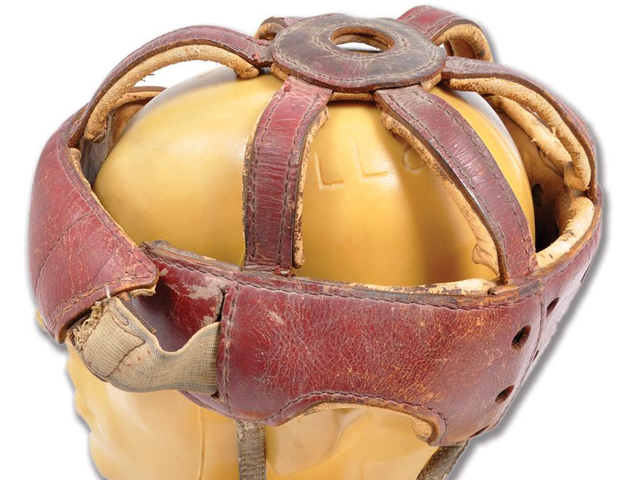YTH
History of hockey gears
Ice hockey is a fast paced, high contact sport, which has been around since the late 19th century. The first ever recorded indoor ice hockey game took place on March 3, 1875 at the Victoria Skating Rink in Montreal, but it was much different than modern day hockey in that each team had 9 players and it was played with a wooden puck. Aside from skates and a stick, the remainder of the equipment that we see today was non-existent. The clothing that they wore was more to protect them from the cold than anything else.
Hockey Gears In the early
days
Hockey gear in the early days of the sport was vastly different from what we see today. For example, instead of skate’s players attached blades to the bottom of their boots, sticks were made out of a single piece of wood and pucks were old skate made out of wood or out of rubber balls which had the top and bottom cut off to give it a flat surface.

With regards to protective gear, players
did not wear anything of significance to protect themselves from the physical
dangers of the sport. The first piece of protective gear that players started
wearing was make-shift shin guards in the 1880’s using strips of leather
reinforced with cane or wood.
Goalkeepers, who face some of the most
dangerous threats from high-velocity shots, lacked protective equipment. In the
1896 Stanley Cup challenge game, goalkeeper George Merritt of the Winnipeg
Victoria wore the first leg pads. For protection, he wore cricket pads, and his
increased confidence enabled him shut out the Montreal Victorias 2-0.
Hockey gears in the early
1900
Players began to take protective gear more
seriously in the early 1900s, but for the most part, they had to fend for
themselves. Fred "Cyclone" Taylor, one of the most popular players in
the early 1900s, is an excellent illustration of this, as he was one of the
first to add back and shoulder protection into his equipment. He sewed scraps
of felt across the shoulders and down the back of his undershirt.
Knee caps made of leather and felt were
another popular upgrade that players made to their equipment in the early
1900s. They also improved their gloves by adding felt or animal hair padding,
and some even reinforced their wrists with bamboo bits. By the 1920s, players had
begun to join their improvised shin pads and knee pads to provide more leg
protection.
Hockey gear in the 30’s
Prior to the 1930s, it was
uncommon to see a player wearing a helmet, and even then, it was not always the
case. That is, until 1933, when Ace Bailey, a prominent player for the Toronto
Maple Leafs, sustained a career-ending head injury after colliding with
Boston's Eddie Shore and badly hitting his head on the ice. Eddie Shore became
the first NHL player to wear a helmet on a regular basis following this injury.
Even after this accident, until roughly 1970, it was unusual to see a player
wearing a helmet on a regular basis.

After Babe Siebert, the top
player for the Montreal Maroons, shattered his thumb in the early 1930s, hockey
gloves underwent significant changes. Siebert's trainer had a brilliant idea to
put a shoehorn in his glove to strengthen his thumb. This concept immediately
led to the development of the reinforced fiber thumb, which became a popular
piece of protection for players in the 1930s.
Another area of protection
that players began to pay greater attention to in the 1930s was their elbows
and forearms, which were routinely hit when they fell on the ice. To protect
their forearms, players began wearing leather elbow pads on the outside of
their jerseys and stitching felt pads into their undershirts.